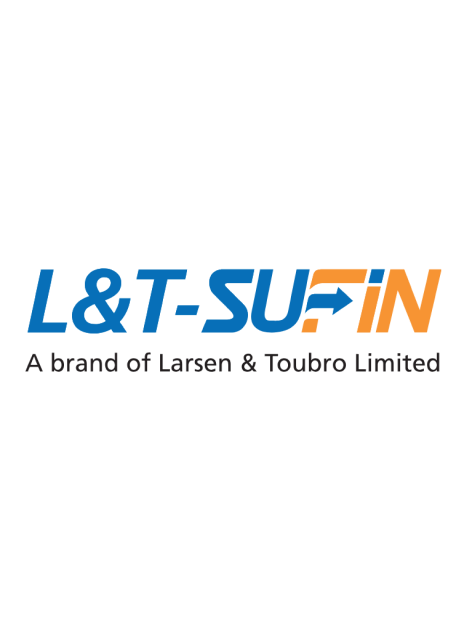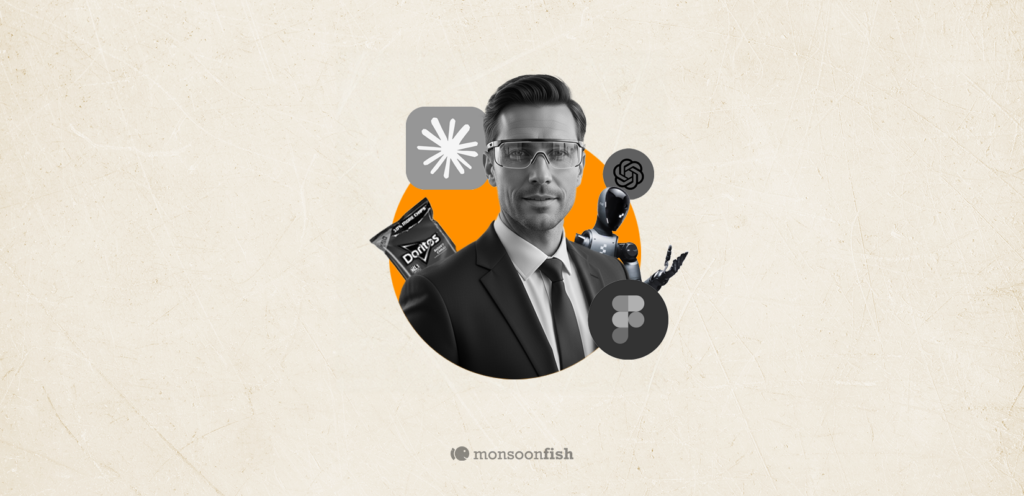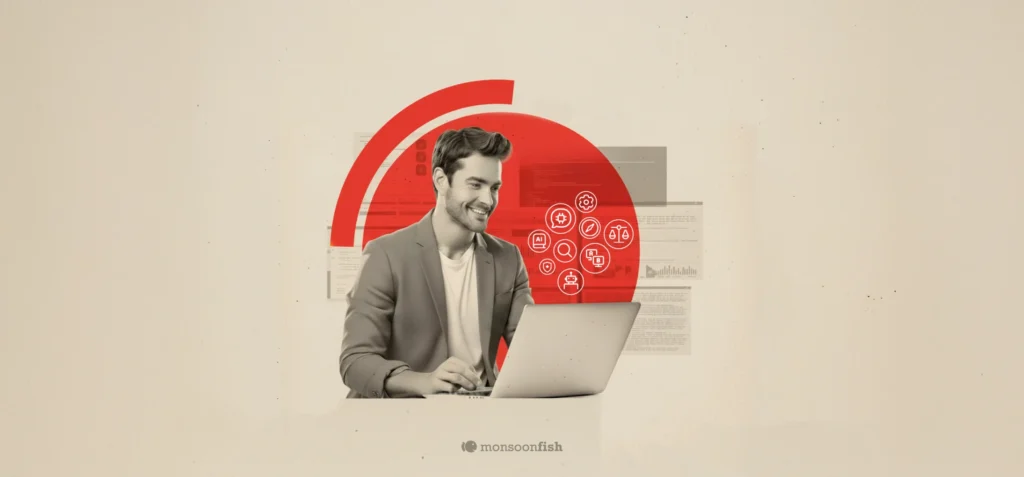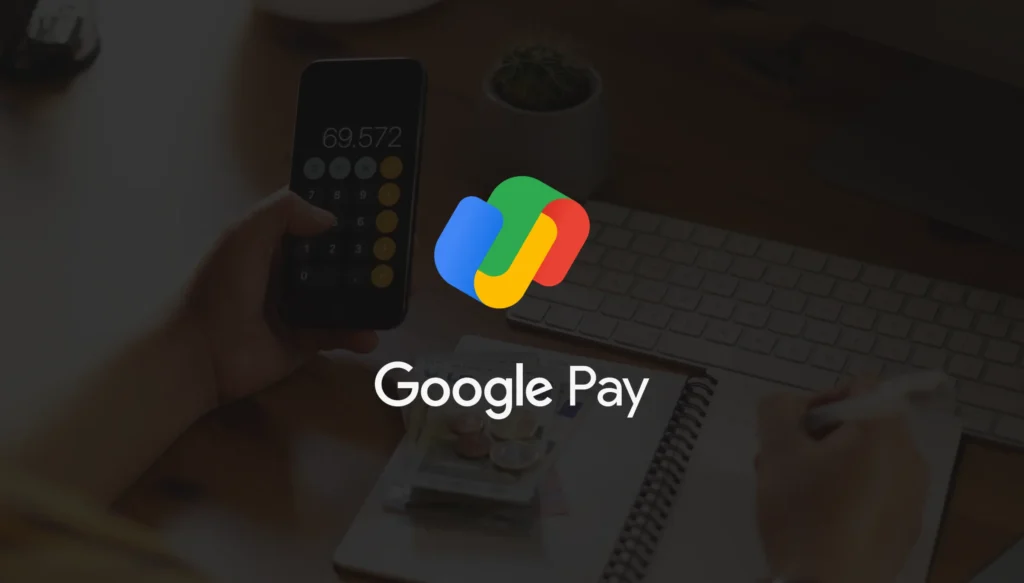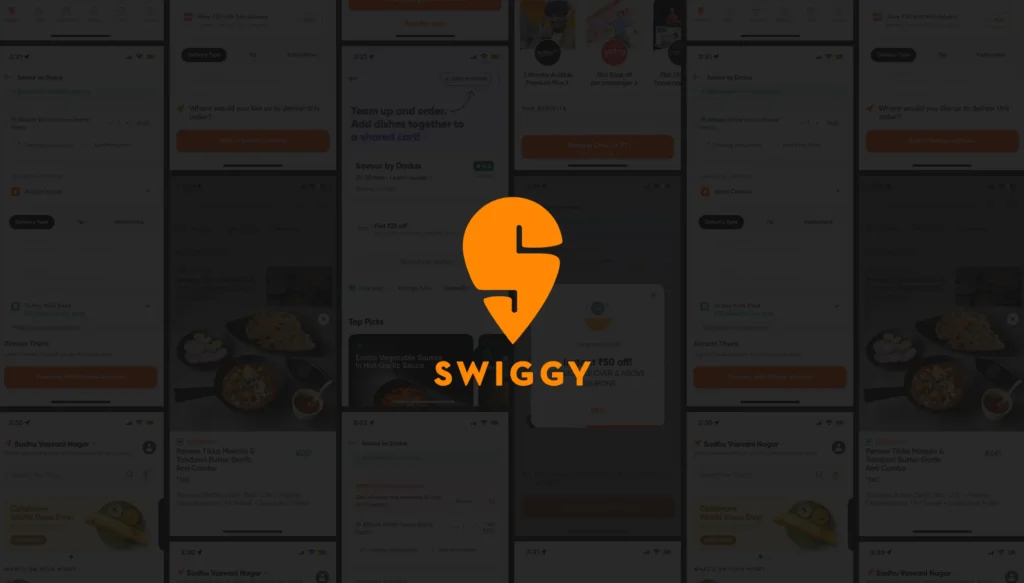Retail & Real Estate
Designing for retail and real estate by crafting captivating digital experiences that seamlessly merge with physical interactions, elevating customer engagement and driving business success.
Designing UI/UX for Retail & Real Estate, From Online Browsing to In-Person Engagement
We understand the evolving needs of retail and real estate, both brick-and-mortar industries where the physical experience is paramount. To keep up with the times, these businesses must extend that physical experience into the digital realm. Our UI/UX design services are crafted to create seamless, engaging, and efficient digital experiences that bridge the gap between physical and digital interactions. We help retail brands enhance their online presence while providing immersive in-store digital experiences, and we assist real estate companies in offering compelling digital journeys that complement the physical experience of property buyers.
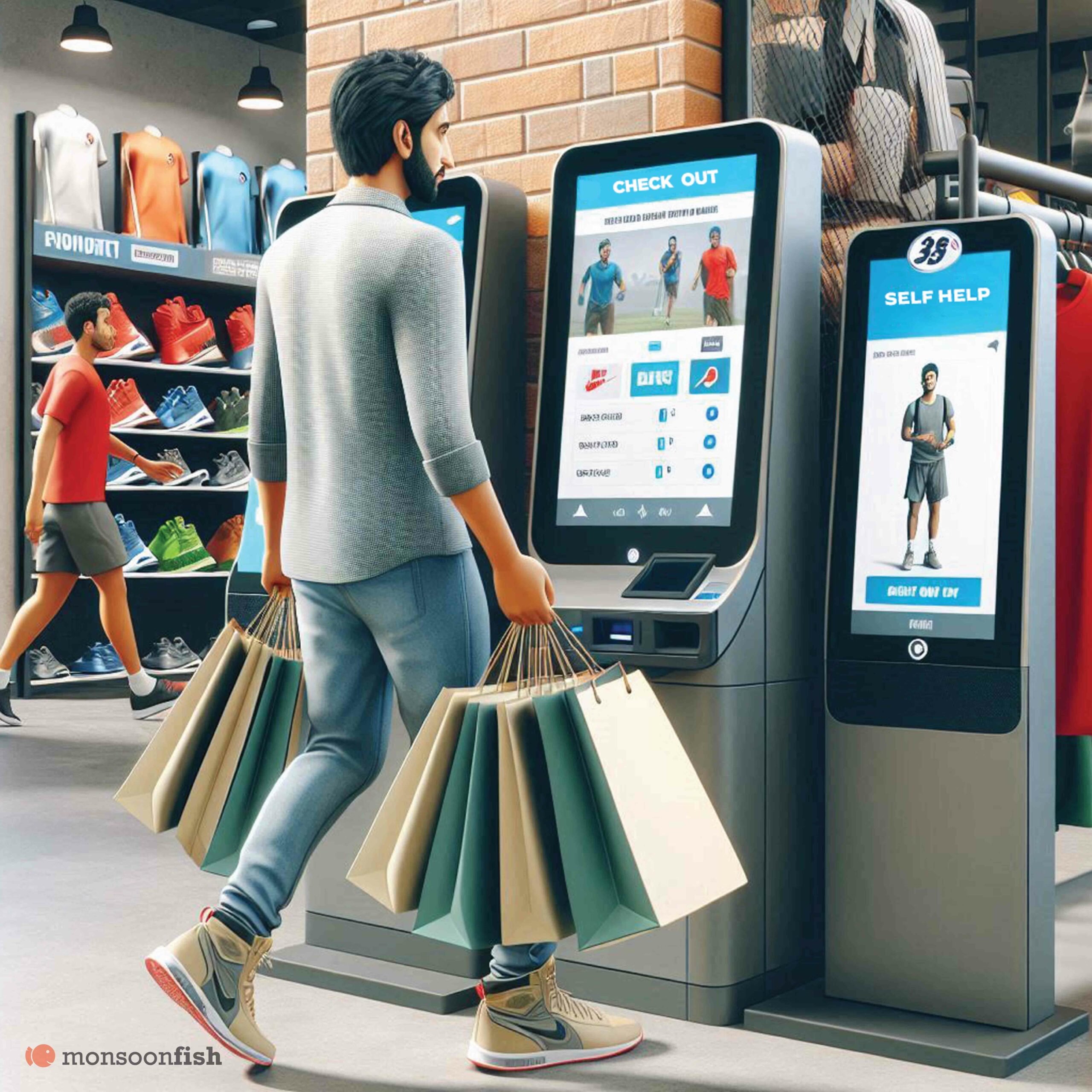
Impactful Partnerships in AI Platforms
How Design Adds Value
1.
Enhanced Customer Engagement
2.
Seamless Multi-Platform Integration
3.
Increased Conversion Rates
4.
Brand Loyalty and Trust
5.
Data-Driven Insights
6.
Cost Efficiency
Why Choose Monsoonfish for Retail and Real Estate Design Solutions?
Industry Experience
With a proven track record in the retail and real estate sectors, we understand the unique challenges and opportunities in these industries. Our team has extensive experience working on projects ranging from e-commerce platforms to property management systems, ensuring that we deliver solutions tailored to your specific needs.
Innovative Approach
Our team stays ahead of design trends, incorporating the latest technologies and methodologies to create cutting-edge solutions that give you a competitive edge.
Holistic Services
From initial consultation to final implementation, we offer a comprehensive suite of services, including user research, wireframing, prototyping, testing, and post-launch support.
Data-Driven Approach
We leverage data-driven insights to inform our design decisions, ensuring that our solutions are grounded in empirical evidence and aligned with your business objectives.
Client-Centric Focus
We prioritize our clients’ needs and visions, working closely with them to ensure that every design decision enhances their business objectives.
Proven Success Stories
Take the VJ story, for example. We transformed their customer journey with digital solutions for brokers, resulting in a one-day sellout of flats. This success showcases our effective design strategies. Additionally, we enhanced customer engagement post-sale through digital apps for updates, events, and customization. This continuous engagement built strong loyalty and generated significant word-of-mouth publicity, boosting the VJ brand.
Trends in Retail and Real Estate Design
Digital Shift
The rise of online shopping and virtual property tours demands well-designed digital experiences. For both retail and real estate, user-friendly UI/UX design is key. E-commerce platforms are mimicking the ease of browsing a physical store, while virtual tours are providing a comprehensive experience, often replacing the need for in-person visits.
Phygital Experiences
The future is already here! Phygital experiences blend physical and digital elements to create a cohesive customer journey. Interactive store displays offer product information, virtual fitting rooms are a reality, and AR apps let you see furniture in your own home. Real estate embraces this too, with virtual tours accessible from sales offices or mobile apps. UI/UX design ensures these interactions are smooth and engaging.
Data-Driven Personalization
Data is king! Retailers use browsing history and purchases to suggest products, while real estate agents leverage data for customized property recommendations. UI/UX design seamlessly integrates these elements, ensuring personalization feels natural and enhances the user experience.
Sustainability and Minimalism
Eco-conscious consumers are driving a trend towards sustainable design. Retailers and real estate companies are using eco-friendly materials and reducing waste in both physical and digital spaces. Minimalist design complements this, offering clean lines, simple color schemes, and uncluttered layouts for a user-friendly aesthetic. In UI/UX design, minimalism reduces cognitive load, making interfaces intuitive.
Immersive Technologies
AR and VR are transforming how we experience products and properties. Virtual try-ons in retail and VR walkthroughs for real estate offer a more immersive experience. User-friendly UI/UX design is key to ensuring these technologies are smooth, realistic, and engaging.
Mobile-First Design
Mobile usage is booming, so designing for mobile first is essential. Websites and apps are fully functional and visually appealing on smaller screens. A mobile-first approach in retail and real estate enhances user engagement as more customers rely on smartphones for shopping and property searches. Effective UI/UX design keeps mobile interfaces intuitive, fast, and easy to navigate.
FAQs
Why is UI/UX design important for retail?
UI/UX design is pivotal in retail for its ability to optimize customer journeys, streamline interactions, and foster emotional connections, ultimately leading to heightened engagement, amplified sales, and sustained customer loyalty through an intuitive and delightful shopping experience.
How does UI/UX design benefit real estate businesses?
UI/UX design benefits real estate businesses by making it easier for customers to find properties they love and by providing engaging digital experiences that leave them satisfied with their choices, ultimately boosting customer satisfaction and driving business success.
What are phygital experiences?
Phygital experiences blend physical and digital elements to provide a seamless and immersive customer journey.
How can data-driven design improve my business?
It allows you to tailor experiences to individual users, increasing engagement and conversion rates.
What trends are shaping retail and real estate design?
Trends include the physical to digital shift, phygital experiences, data-driven personalization, sustainability, immersive technologies, and mobile-first design.
How do immersive technologies like AR/VR benefit my business?
They provide engaging and realistic experiences that can help your customer in decision-making and drive greater satisfaction.
Why choose Monsoonfish?
We offer industry expertise, tailored solutions, innovative approaches, proven success stories, holistic services, and a client-centric focus.



